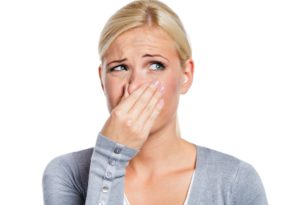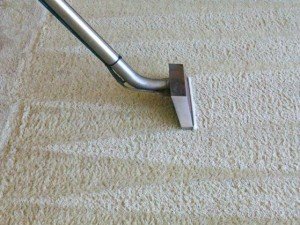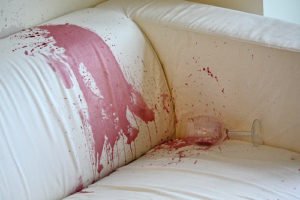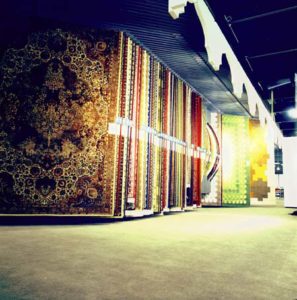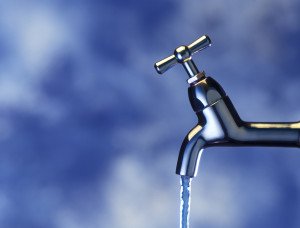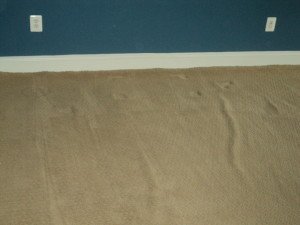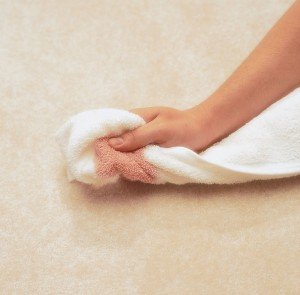
We encounter customers that experience carpet flooding which typically occurs in their basement. They call around to get quotes and are astonished at the wide price range and sheer expense. Floods also evoke fears of mold which can indeed mushroom into a costly proposition should that occur. However, not every flood will materialize that way. In fact, many minor floods don’t necessarily require lifting the carpet and removing the affected padding if the flooring is concrete, the water is low risk category 1, the relative moisture, the general environment and other factors don’t present a risk. However, a flood restoration specialist should evaluate the damage to make that determination. One thing to note is that each flood is different and there is a wide range of opinion as to what should be done.
There are other things to consider which can reduce flood-related expenses or make a more informed decision.
The first question that needs to be answered is “what is the cost of reinstalling the carpet if much of it was flooded versus replacing the carpet“? For example, if the restoration costs are high in relation to replacement, and particularly if the carpet has aged, shows wear and is starting to get shabby, replacement is usually a better option. But the costs of removing the damaged carpet will probably be higher than a routine rip-up of a carpet for replacement, so that has to be considered.
Another consideration for a carpet requiring complete flood restoration and re-installation is whether padding is really necessary. Consider having it glued down to the concrete flooring that is typical in basements. Any future flood will entail far less restoration work, no carpet lift or padding, and the cost will be a fraction of what it otherwise would be.
The types of expenses that add up when doing a complete flood restoration are myriad. The water has to be extracted from the carpet, the carpet has to be lifted, the padding has to be extracted and removed, dehumidifiers and blowers are often used to expedite drying time, new padding is re-installed if preferred, the carpet has to be carefully re-installed since a flooded carpet is more difficult to install than a new one due depending upon the amount of seams that were created when initially installed, the carpet has to be cleaned and sometimes re-cleaned and adequately disinfected. As you can see, this is an involved process. If there’s no padding, the carpet is extracted, dried, cleaned and disinfected.
For small floods such as a small area being wet in relation to the carpeted area, if there is padding, a carpet can sometimes be extracted only. For example, if you spilled a small amount of water on a basement carpet, lifting the carpet would generally be extreme. If the spill occurred in your dining room where there would likely be wood flooring, that’s more critical as the flooring could be damaged.
Depending on how new the carpet is or when it was last cleaned helps determine if only a partial area needs to be re-cleaned.
Generally it’s better to let the carpet dry before cleaning since many carpets brown during drying due to wicking. This is common, and cleaning a dry carpet minimizes that in many cases.
Commercial grade dehumidifiers, which are expensive to rent per day, might not be necessary. That’s something to discuss with the contractor doing the work, as another option is using a blower which costs far less. In some instances the trade-off is drying time.
Some final points: padding is often a personal preference. It provides comfort and extra insulation and is often important to cushion falls that happen with young children. Basement layout is important since seams have to be made to accommodate support beams, irregular shaped rooms and for large basements since carpeting comes in standard sizes. Also, if the house is susceptible to flooding, gluing down the carpet is a very important thing to consider, or resolving the problems that causes the interior flooding. If the flood was due to anything involving risk related to waste, rip up and disposal of the carpet is generally an important consideration especially if the damage is large in scope.
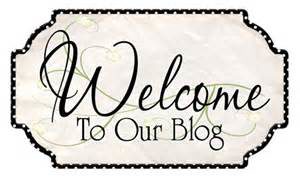 Like all service businesses, providing useful, honest advice is as important as the quality of the services we provide. That not only means meeting or exceeding the customer’s expectations, but doing things so that the customer feels confident that they were charged a fair price, received great value, and made decisions that truly reflected their needs. That should always be a given. We created a Consumer Advice BLOG to provide useful advice on how to deal with cleaning issue or cleaning emergencies. The articles provide helpful hints that can be used for routine issues such as common stains, pet issues and things that generally affect carpets, upholstery and area rugs, and how to respond to emergency situations to avoid unnecessary mistakes.
Like all service businesses, providing useful, honest advice is as important as the quality of the services we provide. That not only means meeting or exceeding the customer’s expectations, but doing things so that the customer feels confident that they were charged a fair price, received great value, and made decisions that truly reflected their needs. That should always be a given. We created a Consumer Advice BLOG to provide useful advice on how to deal with cleaning issue or cleaning emergencies. The articles provide helpful hints that can be used for routine issues such as common stains, pet issues and things that generally affect carpets, upholstery and area rugs, and how to respond to emergency situations to avoid unnecessary mistakes.

